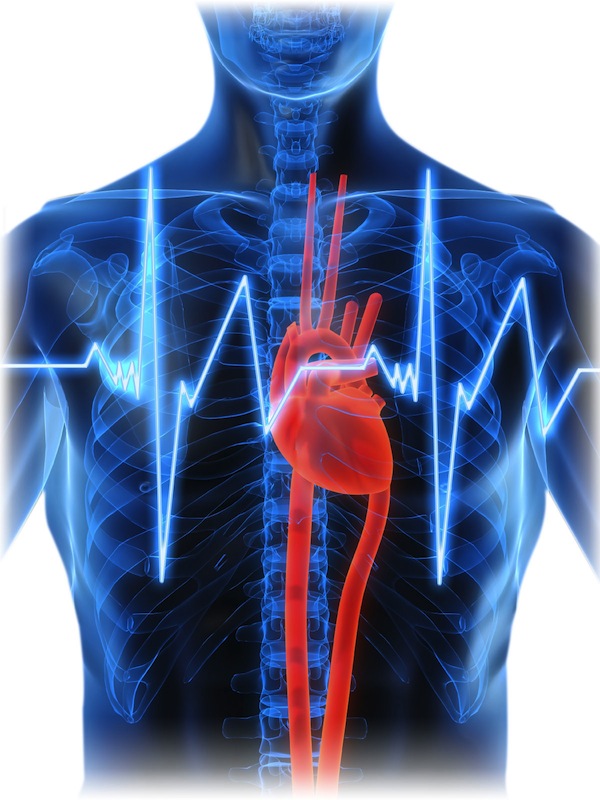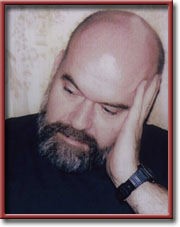Why Not Tell “Afib”?

“Atrial fibrillation, or Afib, is a disturbance of the electrical system of the heart that causes its upper chambers to beat shallowly and chaotically, sometimes more than 400 times per minute.”—Sanford Rose
Dolors & Sense
By Sanford Rose

 KISSIMMEE Florida—(Weekly Hubris)—12/30/2013—Atrial fibrillation, or Afib, is a disturbance of the electrical system of the heart that causes its upper chambers to beat shallowly and chaotically, sometimes more than 400 times per minute.
KISSIMMEE Florida—(Weekly Hubris)—12/30/2013—Atrial fibrillation, or Afib, is a disturbance of the electrical system of the heart that causes its upper chambers to beat shallowly and chaotically, sometimes more than 400 times per minute.
Afib afflicts nearly 5 percent of those over 60 years old and nearly 10 percent of those over 80 years old.
It is often asymptomatic.
But, in others, it is not nearly so benign.
Because the blood is not being kicked from the upper to the lower heart chambers with its accustomed and needed force, it tends to stagnate and form clots in those upper chambers, which can then break off and migrate to other parts of the body.
If these clots lodge in the brain, they cause stroke.
Some 15 percent of all strokes are caused by Afib.
Doctors are on top of this, the most serious consequence of Afib.
They diligently prescribe blood thinners to prevent strokes.
They also take measures to control the beat of the more important lower chambers of the heart, preventing them from vibrating nearly as rapidly as the upper chambers, a condition called ventricular tachycardia that can prove as fatal as stroke.
Where the profession tends to fall down is in its treatment of those whose ventricular rate is allegedly under control and whose risk of stroke has been minimized, but who are still in Afib.
In the parlance of the profession, these people are rate-controlled, not rhythm-controlled.
But, says at least one definitive study, rate control is just as good as rhythm control.
Actually, the study doesn’t say that. It says that it couldn’t detect any appreciable difference in mortality or quality of life in those patients randomized to either rate-control or rhythm-control therapies.
The problem resides in the fact of randomization. The doctors who were asked to select patients for the study were not sure whether these patients would end up in the rate-control or in the rhythm-control arms. Since most doctors have been educated to believe that rhythm control is the better therapy, it stands to reason that, given the chance that half their selections would end up in the less efficacious rate control segment, the doctors put into the study only their healthier, more asymptomatic patients.
Given this selection bias, it is not surprising that the study reached its counterintuitive and probably incorrect conclusions.
The plain fact, however, is that even if their stroke and heart-failure risks are controlled, the overall quality of life of patients who remain in Afib is poor. They suffer from fatigue, shortness of breath, and a generalized malaise.
What’s more, these patients are often unaware of how good they might feel if their hearts were back in “sinus rhythm.”
That’s because they tend not to cerebrate as actively as they should.
Studies suggest that those with Afib have a higher incidence of “silent dementia” and tend to fall victim to Alzheimer’s Disease more frequently and earlier than those with normal heart rhythms.
To be sure, the same underlying factors that cause Afib also cause AD (inflammation, hypertension and diabetes). But even after correcting for this circumstance, the studies find that Afib is independently responsible for increased mental infirmity.
It seems that mental health depends on normal functioning of all four chambers of the heart.
So doctors who don’t make every effort to bring their patients back to a state of electrical rhythm, sometimes with drugs but more often via electrophysiological methods, such as catheter ablation, are just not doing enough for them.
Those who tell their patients that rate control is adequate are telling them . . . Afib.